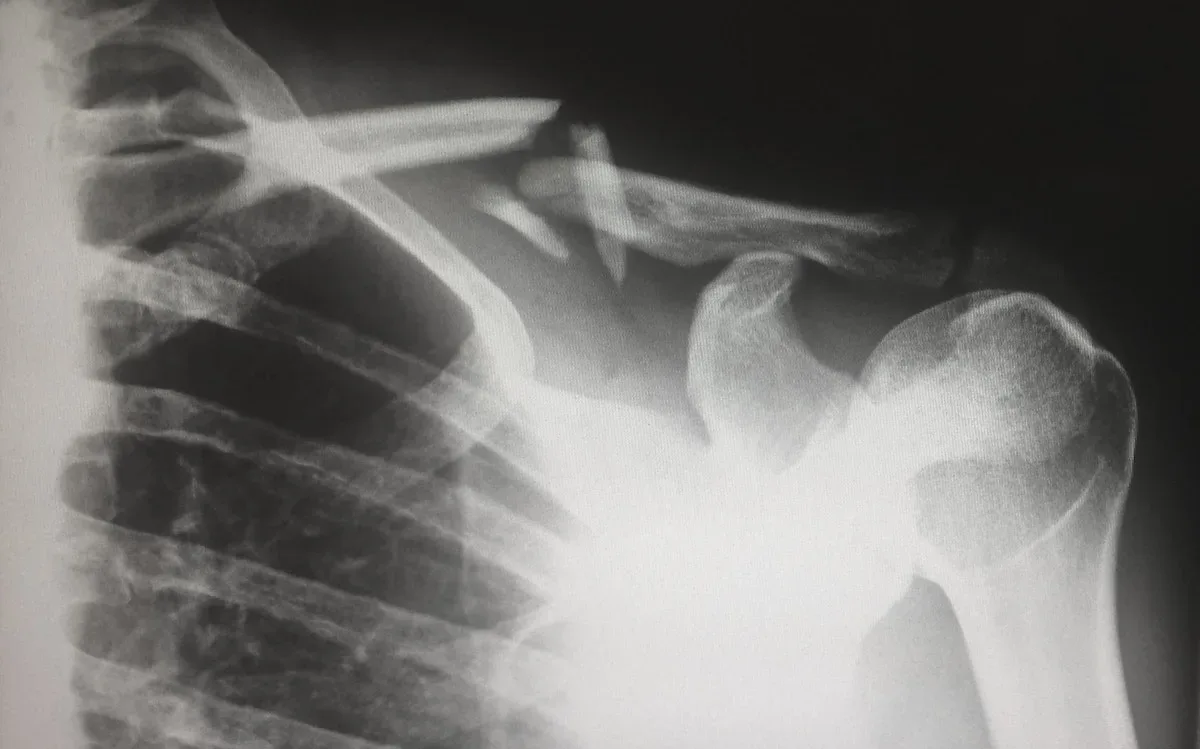Rugby is one of the most physically demanding sports in the world, requiring players to be strong, fast, and agile. The sport is known for its rough nature and high-impact collisions, leading to a variety of injuries that are common among rugby players. Here, we’ll take a closer look at some of the most common rugby injuries, how they occur, and what can be done to prevent them.
One of the most common rugby injuries is a sprained ankle. Rugby players are often running at high speeds, making sudden changes of direction, and jumping and landing on uneven surfaces, which can cause the ankle to twist and sprain. The severity of a sprained ankle can vary, but it typically requires rest and rehabilitation to heal. In severe cases, surgery may be required.
Another common rugby injury is a knee ligament strain, which occurs when the knee is twisted or turned unnaturally. Rugby players are especially vulnerable to knee ligament injuries because of the high-impact nature of the sport. Injuries to the anterior cruciate ligament (ACL) and the medial collateral ligament (MCL) are the most common types of knee ligament strains in rugby players. Treatment for these injuries typically involves rest, physical therapy, and in some cases, surgery.

Shoulder injuries are also common in rugby players. Dislocated shoulders, rotator cuff strains, and labral tears are the most common types of shoulder injuries in rugby players. These injuries are often the result of high-impact collisions or falls, which put a lot of stress on the shoulder joint. Treatment for shoulder injuries in rugby players typically involves rest, physical therapy, and in some cases, surgery.
Concussions are another common injury in rugby players, often occurring as a result of head-to-head collisions or falls. Concussions can cause a range of symptoms, including headache, dizziness, confusion, and loss of consciousness. It is important for players who have suffered a concussion to seek medical attention and undergo proper rehabilitation to prevent long-term damage.
Finally, rugby players are also prone to back injuries, such as herniated disks, spinal fractures, and muscle strains. These injuries often occur as a result of high-impact collisions or falls, and they can be extremely painful and debilitating. Treatment for back injuries in rugby players typically involves rest, physical therapy, and in some cases, surgery.
In conclusion, rugby is a physically demanding sport that can lead to a variety of injuries, from sprained ankles and knee ligament strains to concussions and back injuries. To prevent these injuries, it’s important for players to wear proper protective gear, participate in a regular strength and conditioning program, and use proper technique when tackling and landing from jumps.

What can I do to minimise injuries
To minimise the risk of injury in rugby, there are several things you can do:
- Warm up and stretch properly before each game or practice. This will help to prepare your muscles and joints for the physical demands of the sport.
- Wear appropriate protective gear, such as a helmet, mouthguard, and shoulder pads. This can help to reduce the impact of collisions and falls, reducing the risk of injury.
- Maintain a healthy diet and stay hydrated. Eating a balanced diet and staying hydrated will help to keep your body in top condition, reducing the risk of injury.
- Participate in a regular strength and conditioning program. This will help to improve your overall fitness and reduce the risk of injury.
- Practise good technique when tackling, jumping, and landing. This will help to reduce the impact on your joints and prevent injuries.
- Get plenty of rest and recovery time. Give your body time to heal and recover from the physical demands of rugby.
- Seek immediate medical attention if you experience any pain or discomfort during a game or practice. This can help to prevent minor injuries from becoming more serious.
In conclusion, taking care of your body and being mindful of the physical demands of rugby can help to minimise the risk of injury. By following these tips, you can stay healthy and enjoy the sport for years to come.

